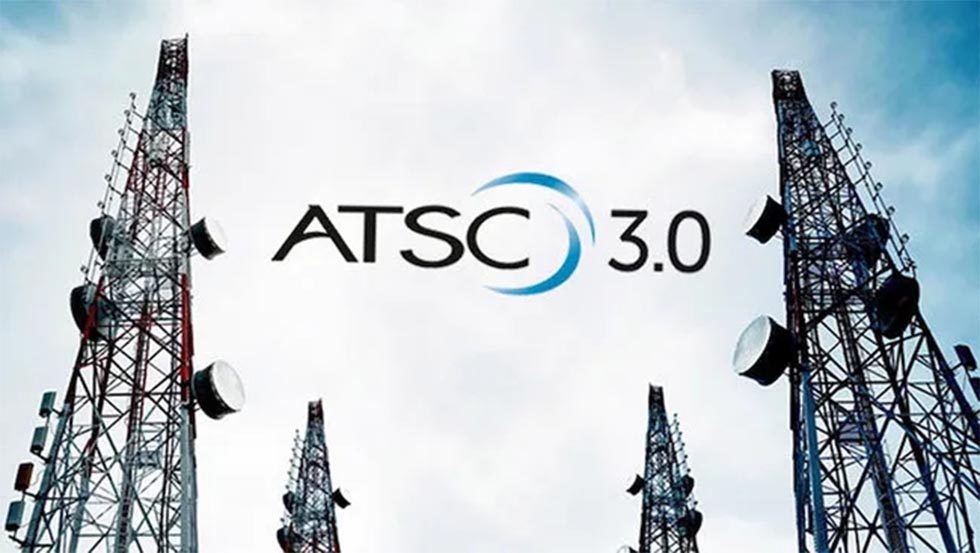Aircell Upgrades Gogo Inflight Wireless Links
I've used Gogo's inflight Internet service on several Delta flights since it was introduced. Except for one bad experience (free trial), for the most part I've found the service works well. I haven't tested it with videoconferencing, but a passenger sitting next to me on a cross-country flight had no problem conducting a Skype video conference with his wife. Last week, Aircell, the provider of the Gogo inflight wireless service announced two major improvements to the service.
The company says that its new ATG-4 (air-to-ground) service will improve its per-aircraft capacity by approximately four times that available with its current ATG service. ATG-4 uses a directional antenna, as well as dual modem and EV-DO Rev B technologies to increase bandwidth.
Aircell is also adding a Ka-band satellite option. (Row 44, Aircell's main competitor, uses satellite links.)
I've used it on a cross-country Southwest flight and have had no problems when Web-browsing and e-mailing, although I suspect satellite latency would have made VoIP or videoconferencing difficult. The advantage of using satellites for service is that there is no ground station dependency. Aircell says this will allow them to supplement its ground-based capacity and will also enable Gogo service beyond the continental United States. Aircell said it expects Ka-band band technology to be available in the continental U.S. in 2013, and globally by 2015.
More details will be released later, but I expect I will still be able to enjoy some time being completely disconnected while crossing the Pacific. While many satellites have spot beams over Hawaii, few have coverage over the open ocean.
Get the TV Tech Newsletter
The professional video industry's #1 source for news, trends and product and tech information. Sign up below.

Doug Lung is one of America's foremost authorities on broadcast RF technology. As vice president of Broadcast Technology for NBCUniversal Local, H. Douglas Lung leads NBC and Telemundo-owned stations’ RF and transmission affairs, including microwave, radars, satellite uplinks, and FCC technical filings. Beginning his career in 1976 at KSCI in Los Angeles, Lung has nearly 50 years of experience in broadcast television engineering. Beginning in 1985, he led the engineering department for what was to become the Telemundo network and station group, assisting in the design, construction and installation of the company’s broadcast and cable facilities. Other projects include work on the launch of Hawaii’s first UHF TV station, the rollout and testing of the ATSC mobile-handheld standard, and software development related to the incentive auction TV spectrum repack. A longtime columnist for TV Technology, Doug is also a regular contributor to IEEE Broadcast Technology. He is the recipient of the 2023 NAB Television Engineering Award. He also received a Tech Leadership Award from TV Tech publisher Future plc in 2021 and is a member of the IEEE Broadcast Technology Society and the Society of Broadcast Engineers.
